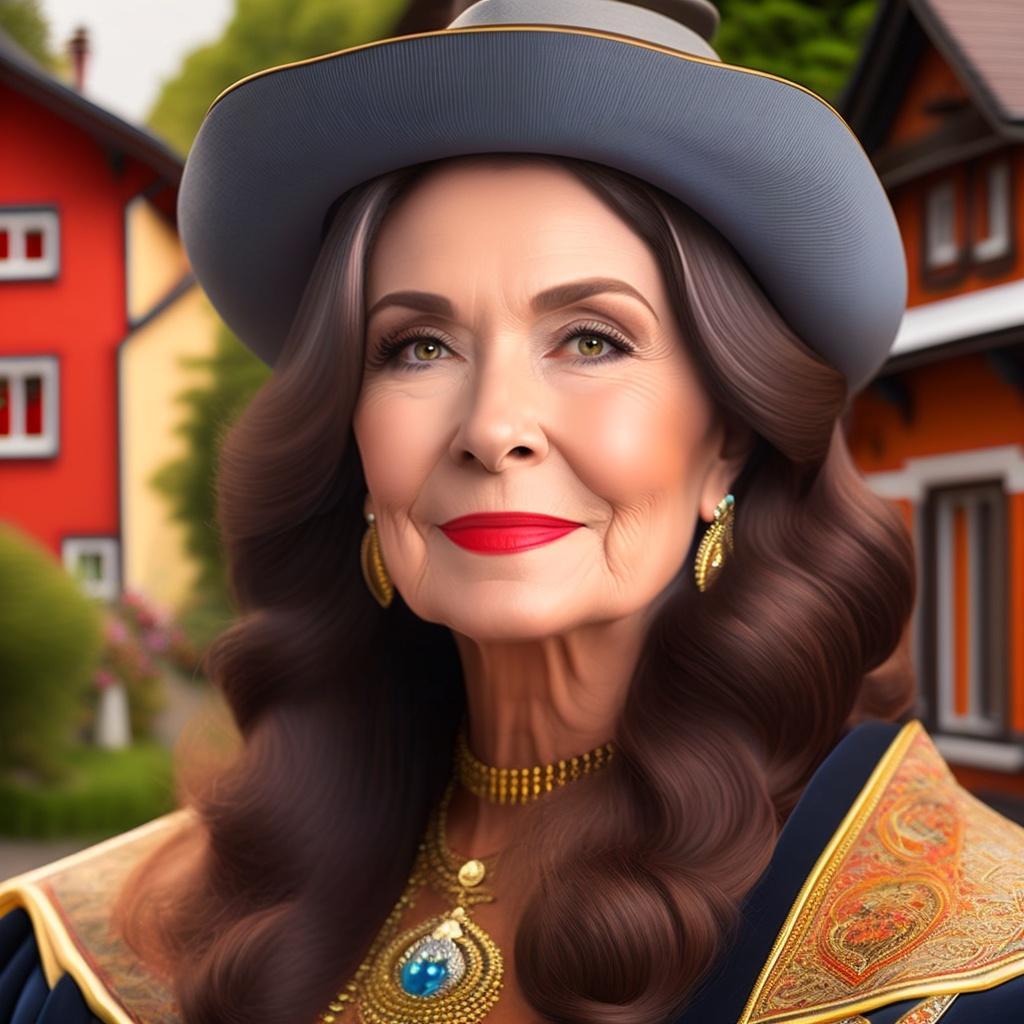The Surprising Origins of the Croissant: A Culinary Journey from Austria to France
The croissant, a flaky and buttery pastry, is synonymous with French culture and cuisine. But did you know that the origins of this delicious breakfast staple trace back to Austria? That’s right, the croissant is not a French invention but an Austrian one. In this article, we’ll explore the fascinating history of the croissant, its journey from Austria to France, and how it became a symbol of French culinary excellence.
The Birth of the Croissant in Austria
The story of the croissant begins in the 17th century in Vienna, Austria. During the siege of Vienna by the Ottoman Empire, bakers working through the night heard the enemy tunneling underneath the city walls. They alerted the city’s defenders, and the attack was thwarted.
To celebrate the victory, the bakers created a pastry shaped like the crescent moon on the Ottoman flag. This pastry, known as the “kipferl,” quickly became popular throughout Austria.
The Croissant’s Journey to France
The kipferl’s transformation into the croissant we know today happened in the late 18th century. Marie Antoinette, an Austrian princess who married King Louis XVI of France, is often credited with introducing the pastry to the French court.
Missing the flavors of her homeland, Marie Antoinette requested the royal bakers to replicate the Austrian kipferl. The French bakers added their flair, using layers of butter and dough to create a flakier, richer pastry. Thus, the croissant was born.
The Croissant’s Evolution in France
Over time, the croissant became a symbol of French culinary artistry. French bakers continued to refine the recipe, perfecting the technique of laminating the dough with butter to create the croissant’s signature flaky layers.
By the 20th century, the croissant had become a staple in French bakeries and cafés. Its popularity spread across the world, and the croissant became synonymous with French culture and elegance.
Conclusion: A Pastry that Transcends Borders
The croissant’s journey from a symbol of victory in Austria to a symbol of culinary excellence in France is a fascinating tale of cultural exchange and innovation. Its history reminds us that food can transcend borders and become a shared expression of creativity and tradition.
Whether enjoyed with a cup of coffee in a Parisian café or as part of a breakfast spread at home, the croissant continues to delight palates around the world. Its rich history adds a layer of depth to its flavor, making each bite a taste of culinary heritage.

Despite its association with France, the croissant was actually invented in Austria.
It's only fair to share
















